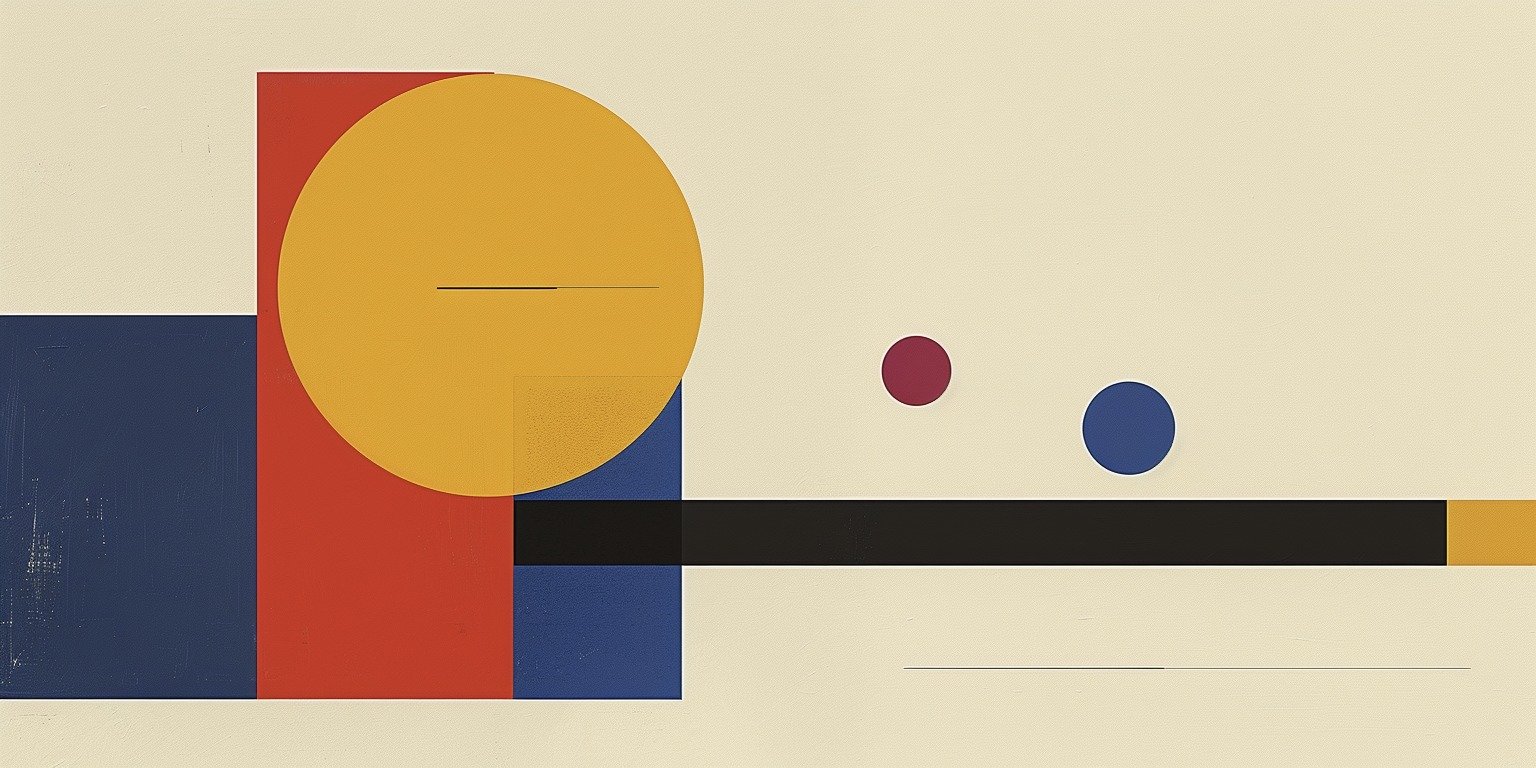The Richard W. Hamming Question:
“What are the most important problems in your field, and why aren’t you working on them?”
There are two paramount problems in my field:
I, we, and us: Moving past “stateless” virtual agents acting upon singular moments with singular inquiries towards models that are personally trained, historically aware, and crucially—interactive with the helpful agents of others over time.
Moving beyond Magic Paper: Applying sensorial anthropology to move towards volumetric boundless computing beyond uni-directional simple queries to a human/computer symbioses that understands and interacts with our world more comprehensively.

All-Day Wearable HMD?
Returning to the roots of what we are trying to achieve is always a good start. So here is a quote that I think is fundamental to the future of spatial computing. “If you were supplied with a computer that worked all day long and was instantly responsive to every action you had, how much value could you derive from that?” Doug Engelbart 1968

Spatial Computing
Imagine: you and I, the main characters, control our digital exhaust, aided by our new contextual AI. But have we unknowingly surrendered our most valuable asset in the excellent data robbery? Is there a future where data dignity can happen if we have the moral rights to every bit of data that exists because you exist, past, present, and future? Could a mediator, individual, or data be designed and built in the future? Will we ever have to pay for online services, or will the less privileged be excluded from the internet? We must focus on creating value for everyone.

Designing For The Unknown
For every job, there’s a line between personal and work time. Sometimes it’s obvious: announced by a klaxon, punch card or timesheet; other times, the line is blurred, even invisible. Design is one of these fields: a lifestyle rather than a 9 – 5 job. Designers are cultural voyeurs, sponges for inspiration, running faucets for ideas. Our designs draw on personal experience and observations. Society needs designers to tackle complex problems, to explore emerging technologies to see if they can provide solutions. The projects society must tackle aren’t expected, and the outcomes are unknown and uncertain. That’s intentional.

What Is Design Thinking
Design Thinking has jumped the shark in my close circle of well-dressed folks in black. It’s rolled up and died somewhere, drowned under little squares of pale-yellow paper, but out there? Out there, it’s matured into a fully-fledged industry. It’s found its way into the rhythm of commerce and the sprawling lexicon of the boardroom. There it is, smeared all over LinkedIn, peeking out from job descriptions, lurking in resumés. It crops up in conversations, sneaks into pitches, and elbows into briefs.

What Is The Future?
Design projects may broadly be categorised as now, next, and future. Designers are mostly concerned with the now or next, but occasionally, we are asked to embrace future-facing projects, typically as a storytelling platform, be that a business projection, a socio-cultural exploration, or an illustration of new materials or technologies.
From text messages to pub chats, recently, I’ve been talking a lot about ‘new things’ in the world: fundamentally different devices that challenge how we ‘do computer stuff’. I’d like to explore the culture behind how we view this emergent technology and how we seem trapped in an unhelpful loop.

What Is Everyday Computing
I’ve met many futurists, future designers, writers, strategists, and foresight practitioners. They’re all wonderfully different, but there are thematic traits in how they see the world and approach their work. I’ve been trying to understand the relative merits of each and the following four characters have emerged.
As with anything, there’s an argument for and against each approach (and my characterisations are simplistic and open for debate), but my hunch is that a well-rounded body of future work would embrace elements of each, and a well-rounded futurist would understand how to use each of these mindsets in a balanced way.
